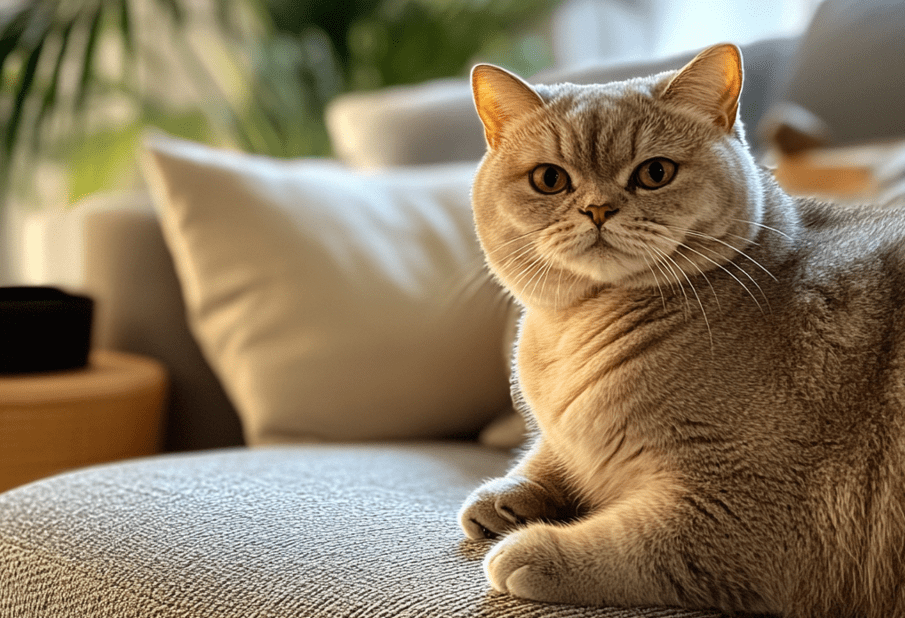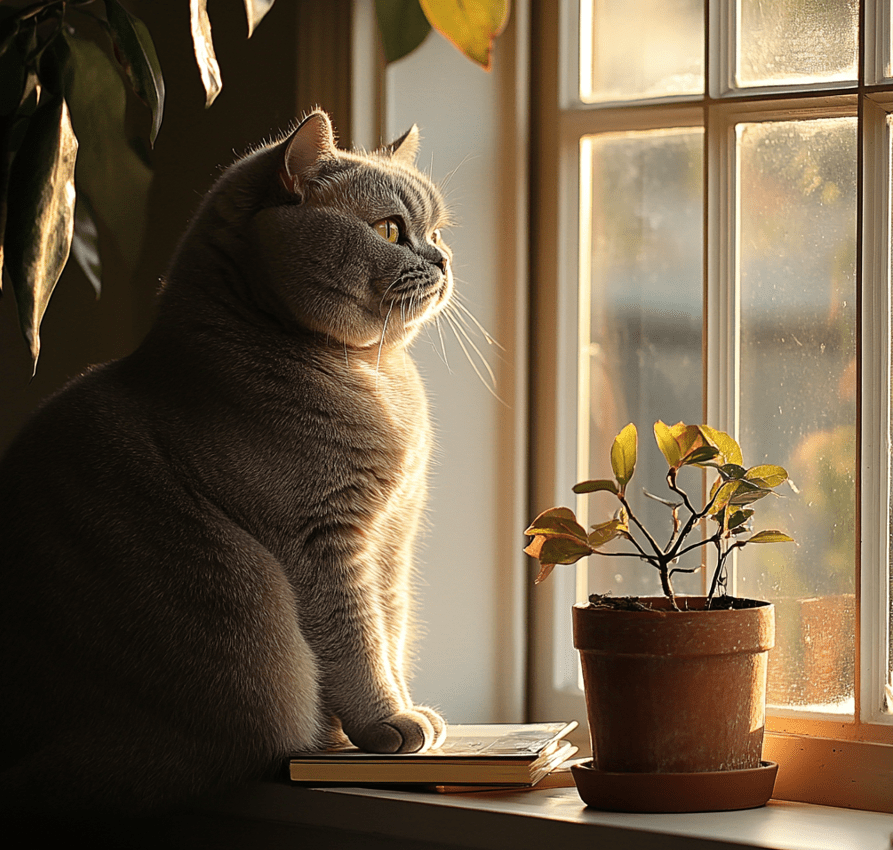
British Shorthairs are charmers; they are great companions and enjoy adapting around you. If you’re thinking about adopting one of these lovely felines you may be wondering if you should get a male or a female. Though there are subtle differences between male and female British Shorthairs, they are present. Similar to people, cats exhibit a wide range of personality traits, irrespective of their sex. But knowing a few differences can aid your decision-making.
To watch the summary of this article, just watch this video –
Overview of Differences

Male British Shorthair
Average Adult Weight: 9–17 lbs.
Lifespan: 12–20 years
Exercise Requirements: 2–5+ hours daily
Grooming Needs: Moderate
Family-Friendliness: Very Good
Other Pets Compatibility: Usually Friendly
Temperament: Friendly, laid-back, and easy going
Female British Shorthair
Weight: 7–12 pounds, average adult
Lifespan: 13–20 years
Exercise Requirements: Minimum of 1 hour a day
Grooming Needs: Average
Family-Friendliness: Outstanding
Good with Other Pets: Occasionally compatible
Temperament: Independent, vocal, but friendly
Identifying these traits can help you select the breed best suited for your household; Males and females are both loving pets, each with their own unique characteristics to appreciate.
Overview of Male British Shorthairs

British Shorthair male are friendly but yet reserved, calm demeanor, low maintenance cats. These make them a great option for most pet owners, particularly if they are neutered.
Personality and Temperament
Male Shorthairs are generally calmer and more relaxed than females. Individual personalities can be shaped by a whole host of factors, but most male British Shorthairs are sociable with fellow humans as well as other pets. They usually do well with other pets and are typically fine with strangers, too. But unneutered males may become aggressive to other cats, especially males.
Health and Activity Needs
Male British Shorthairs are a little bigger than their female counterparts and more on the active side. Because of their size, they can take more exercise to keep them at a manageable weight. Being a more placid breed, owners must be encouraged to provide regular exercise to avoid obesity. Male British Shorthairs live 12 to 20 years, with a longevity that averages two years shorter than that of the females. Neutered males generally do not spray, while unaltered males may spray to claim their territory.
Suitability
When considering a Male British Shorthair, they will do perfectly well in family homes, apartments, or even single-person accommodations due to their versatility. They will happily coexist as single pets or as part of a multi-pet household. The absolute best thing for their well-being is a happy and loving home where they feel safe.
Overview of Female British Shorthairs

Most cat owners will find that a female British Shorthair is a likely appropriate choice. They should ideally be spayed to avoid the challenges posed by heat cycles or finding homes for their offspring. And like their male counterparts, they come in a rainbow of colors and patterns, some boasting calico and tortoiseshell designs all their own.
Personality and Temperament
Like many of our feline friends, female British Shorthairs are pretty calm and quiet, but they are generally more reserved than the males. They are very bonded to their families but can be wary and shy with strangers. Some females are quite chatty and will “talk” with their human companions. Most female British Shorthairs live peacefully with other cats, but some become territorial and do not do well in households with multiple pets.
Health and Activity
Males are usually larger than females, and females generally live a little longer — typically one to two years. Although they need a little less physical activity, they still need play or exercise because of their tendency to lead a sedentary life. Unspayed females will come in, and out of heat throughout their lives; they will experience behavioral and personality changes that may be avoided by spaying.
Their even temperament makes this breed a pleasure and easy to have in the home for many families.
British Shorthair Females: Can Two Female British Live Together?
They adapt well to many types of homes. However, there are a few things to consider. They can struggle in multi pet situations, with females being the more anxious of the two and not necessarily the best fit for a busy and/or high stress living environment. That being said, they make great companions to single-person households or families and fit comfortably in both small apartments and larger homes.
Choosing the Right Gender

Male and female British Shorthairs are not that different in terms of appearance or temperament, however there are some notable differences. Male British Shorthairs are usually bigger, livelier and friendlier, and typically they do better in homes with pets. Females, on the other hand, are generally more devoted to their owners, less friendly towards strangers, and live a longer lifespan. At the end of the day, whichever works for your lifestyle and preferences is the right choice for you.




